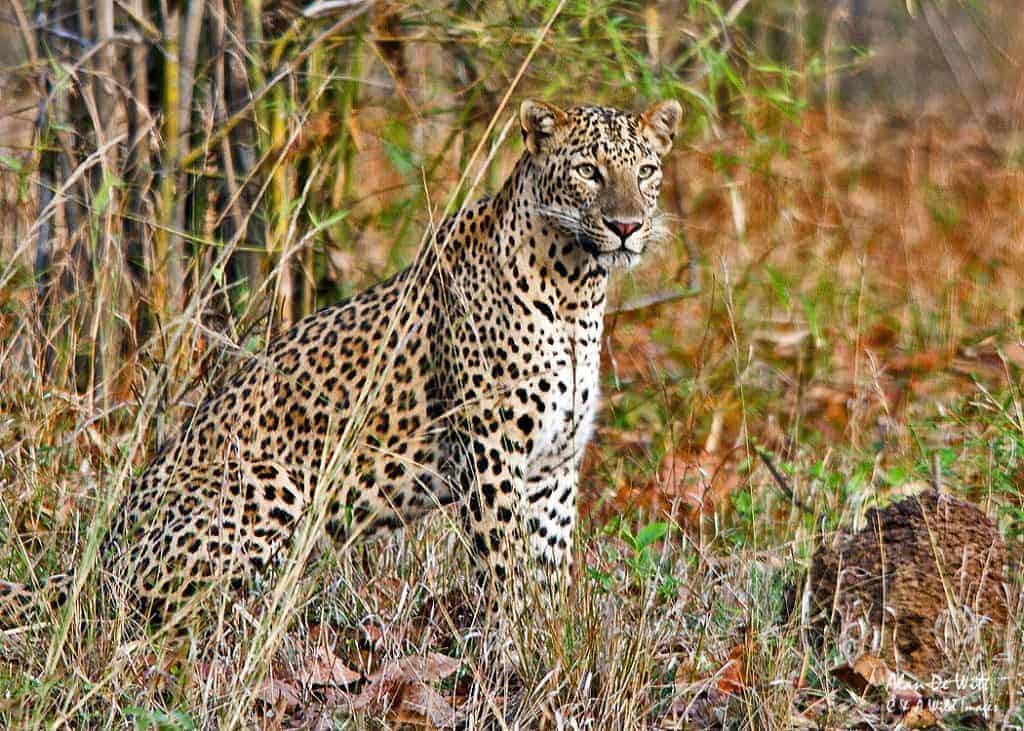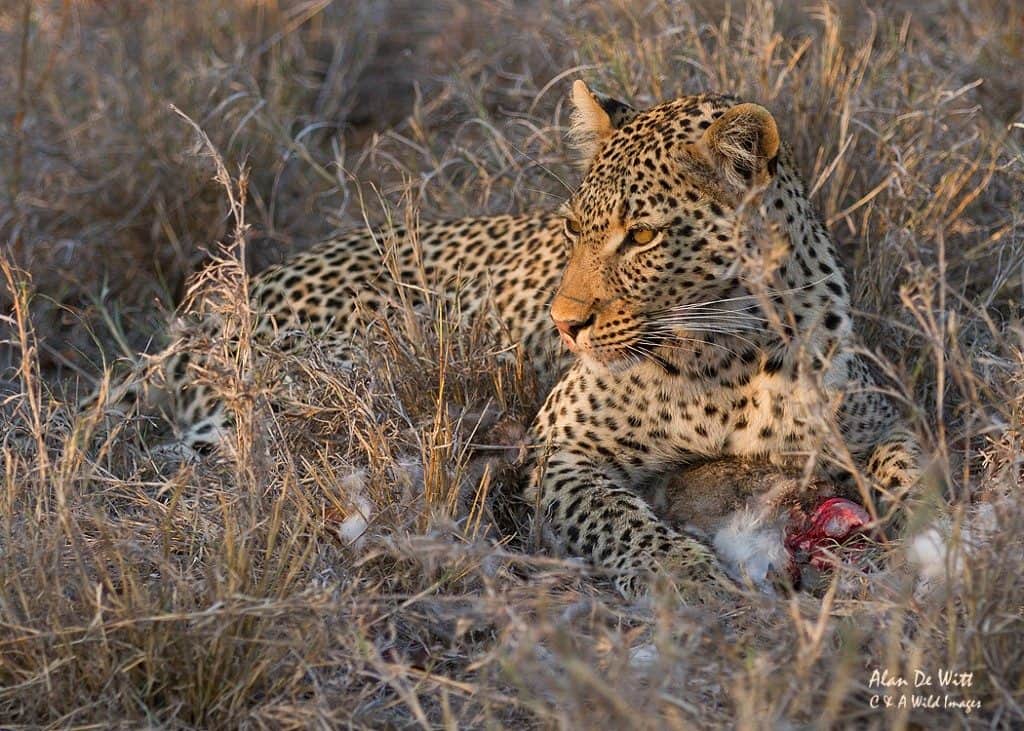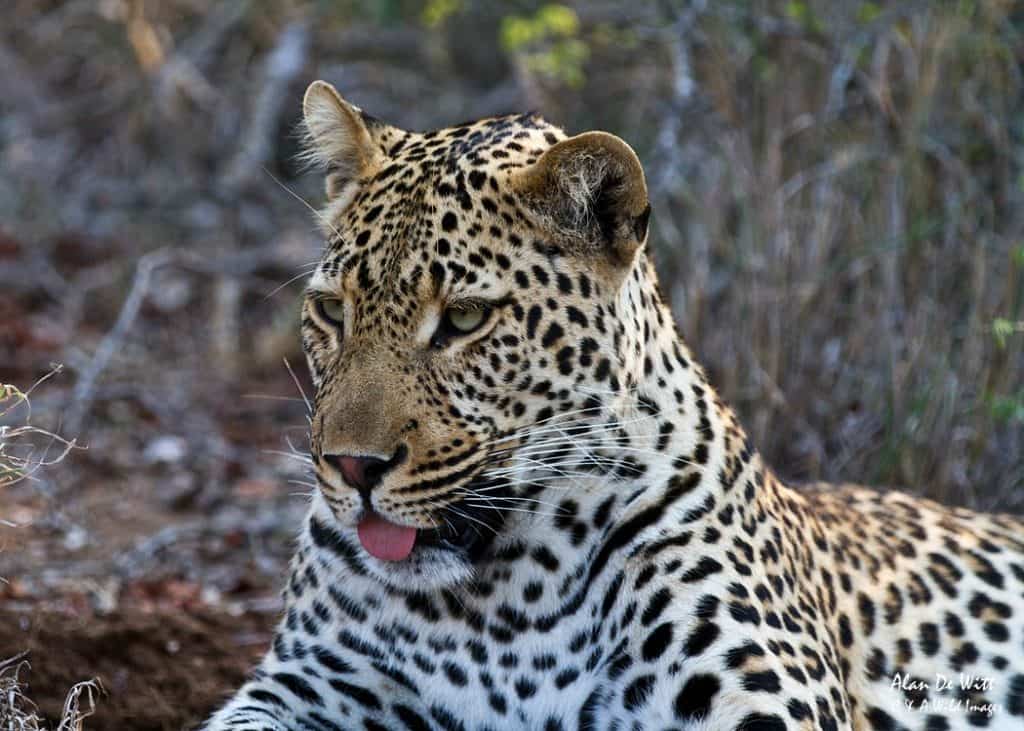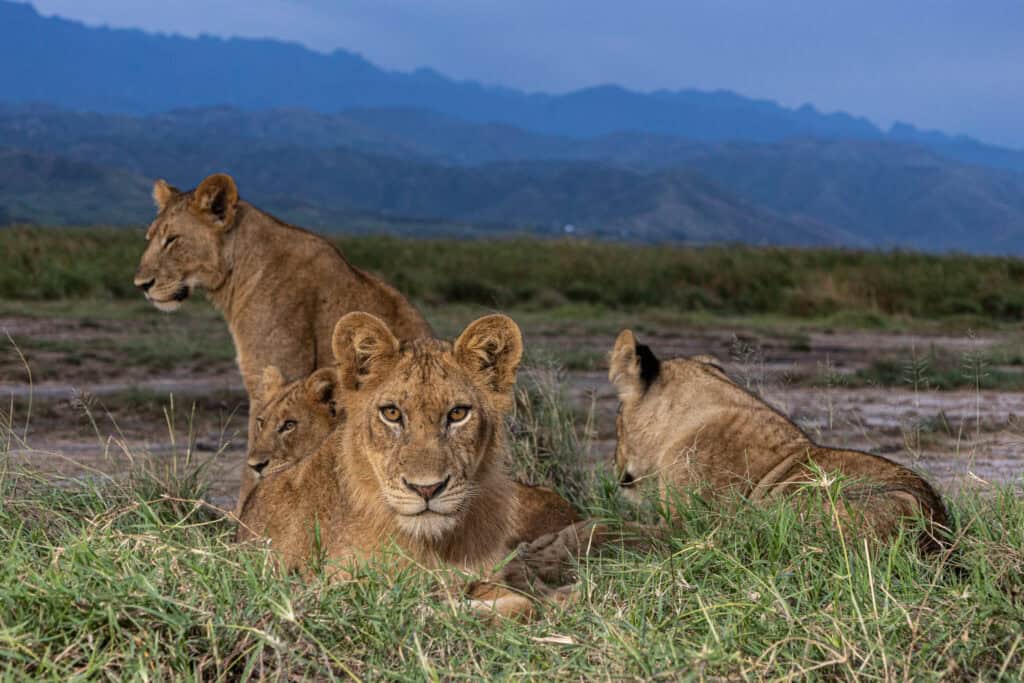A few years ago my wife and I traveled to Sri Lanka in the hopes of seeing and photographing Leopards in Yala NP.
One of the few places in the world were they are reportedly active in daylight hours.
We were somewhat disappointed with result, one sighting over three days and then having to put up with being jostled by at least 20 other very crowded jeeps all trying to get a closer view of a distant male, high in the branches of a tree.

Two years ago on a spring trip to India, to the Tadoba reserve, mainly in search of tigers , we were surprised to get the opportunity, early one morning, to photograph a pair of mating leopards, capturing what I thought to be my best images of these wonderful creatures.

In Oct 2015 on a trip to the Greater Kruger area of South Africa I was very surprised to find that as well as a very healthy number of lion there was also a prolific population of leopards and that you could not only get very close to them but they seemed to be happy with the presence of humans. Within an hour of our first drive we had come across two leopards one of which was drinking at a water hole, both allowing us to get very close.


Over the next days we encountered at least one Leopard on each drive, each time a new individual and all of them just going about their daily routine, from guarding a recent kill up in the branches of a tree to following another hunting a scrub hare and on a night drive watching a male rejecting the advances of a female that had strayed into his territory. So if Leopards are on your must see and photograph list these unfenced areas outside the main Kruger park, where you can drive off road, are well worth a visit.

Alan De Witt
After spending a career that demanded much of my time and energy. I'm now retired and finally found some time to pursue an interest in wildlife and photography as well as putting together a website C & A's Wild Images.
I now live in Norfolk, an ideal location in the UK to see wildlife and over the years have also had the opportunity to visit and spend time using the camera in interesting and sometimes remote parts of the world. I first became interested in trying to capture wildlife images when I left university in the days of slide film. Initially I used two compact cameras with 20+ zooms but now have moved to a professional Canon SLR set-up.





Leave a Reply